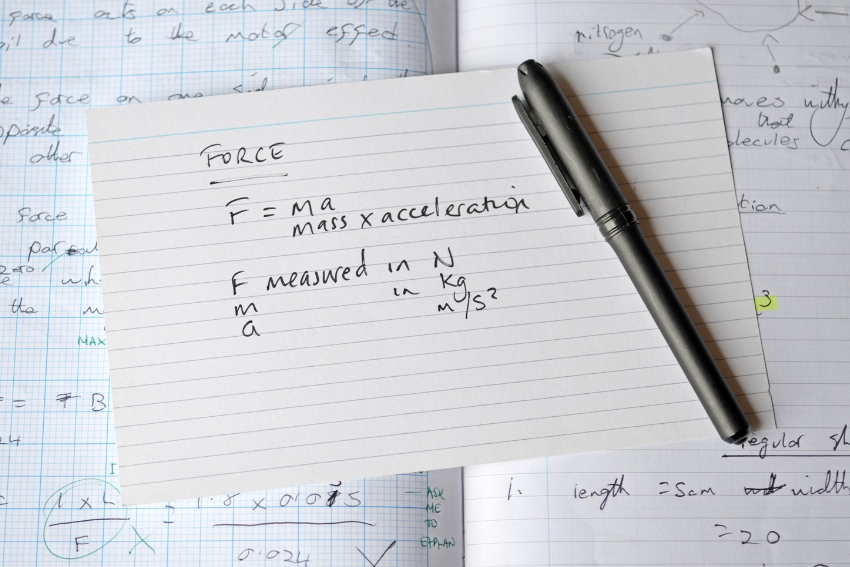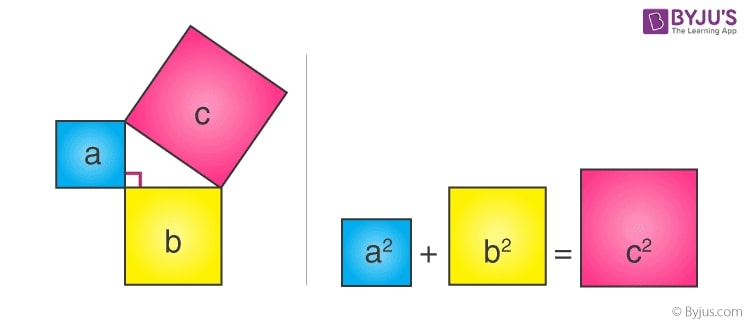GCSE Maths Formulae Students Need to Learn – Explained with Visuals
What is a Formula in Maths?
A formula in GCSE maths is an algebraic rule expressed with mathematical symbols. It is essential for solving problems and understanding concepts, ranging from the quadratic formula to the areas of surface for different shapes.
Why Learning GCSE Maths Formulas is Important?
There are multiple revision strategies for the GCSEs – where the most recommended tip is using past papers. With that said, mastering GCSE maths formulas is crucial for exam success. This year marks the last when GCSE students can use a formula sheet during exams, highlighting the need for thorough understanding and memorisation of these key mathematical tools.
This blog aims to showcase any formula a GCSE student might need for their revision process and during the actual GCSE exam.
Essential Formulas for GCSE Maths Exams Explained
In this section, we focus on the essential formulas crucial for GCSE Maths exams. Covering key areas from geometry to algebra, including concepts like the area of a triangle and the quadratic formula, we provide clear explanations and practical insights, which will aid GCSE students in their exam preparation. For a comprehensive understanding, it is important to explore the GCSE Maths topics thoroughly, which encompass a range of subjects such as number theory, ratios, statistics, and probability. Understanding these topics in detail will enable students to tackle exam questions with confidence.
1. Area of a Triangle ‘trig’
Area of triangle formula:

You can also calculate the area of a triangle using another formula:
However, to use this formula, we need to know the vertical height (perpendicular height to the base) of the triangle and the base of the triangle. For triangles involving angles, trigonometric functions like sin, cos, and tan are essential. When working with right-angled triangles specifically, the Pythagorean theorem is a fundamental concept that relates the sides of the triangle and is essential for solving many GCSE maths problems
2. Area of a Circle
Area of a circle formula:

3. Area of Rectangle
The area of a rectangle is the amount of space inside the rectangle. It is measured in units squared.
Area of rectangle formula:

4. Area of Parallerogram
A parallelogram is a four-sided figure featuring two sets of parallel sides.The sum of the interior angles in a parallelogram equals 360 degrees.
The area of a parallelogram refers to the total space enclosed within its boundaries. This area is quantified in square units.
Area of Parallerogram formula:

5. Area of Trapezium
A trapezium, also called a trapezoid, is a four-sided shape that has precisely one set of parallel sides.
The area of a trapezium is the amount of space inside the trapezium. It is measured in units squared
Area of Trapezium formula:

6. The Surface Area of a Cylinder
A cylinder is one of the basic 3d shapes, in geometry, which has two parallel circular bases at a distance.
The surface area of a cylinder is the area which covers the outer surface of a cylinder.
Surface Area of a Cylinder formula:

7. The Surface Area of a Sphere
A sphere is a geometrical shape in 3-dimensional space that is equidistant from a fixed point and does not have any vertex.
The surface area of a sphere is the area which covers the outer surface of a sphere.
The Formula for the Surface Area of a Sphere:

To use this formula, you need to know the radius of the sphere. Once you have the radius, you can plug it into the formula to calculate the surface area. For example, if the radius of a sphere is 5 units, the surface area would be:


8. The Surface Area of a Cube
A cube is a three-dimensional geometrical shape that has six congruent(same-sized) square faces.
The surface area of a cube is the sum of the areas of all six faces of a cube
The Formula for the Surface Area of a Cube:

9. Linear Equation
A linear equation involves variables raised to no more than the first power (an exponent of one). In any equation, signified by an equals sign, the value on the left-hand side is precisely equivalent to the value on the right-hand side.
The General Formula for Linear Equation:

In a more general form, a linear equation can also be represented as:

Both forms represent a straight line on a Cartesian plane. People often use the first form for its simplicity in solving for “y”, while the second form offers more flexibility and can represent vertical lines, which the first form cannot.
10. Quadratic Equation
A quadratic equation is an equation where a quadratic expression is set equal to a value.
These equations are characterised by containing terms up to x^2, making 2 the highest power in a quadratic equation.
Quadratic equations fall under the category of polynomial equations, as they are composed of two or more algebraic terms.
For solving a quadratic equation, it needs to be set equal to zero.
The General Formula for Quadratic Equation:


Final Thoughts
The significance of GCSE Maths formulas in achieving exam success cannot be overstated. If a student feels like they might need academic assistance during this period, Edumentors GCSE maths tutors are by far, the best on the market. Edumentors, online tutoring platform, offer tuition from student-tutors from UK’s top universities who have gone through the same stages a GCSE student might be going through right now and can offer valuable insights. By dedicating time to grasp these mathematical concepts, students can enhance their problem-solving skills and improve their chances of excelling in their GCSE Maths exams. Good luck!








